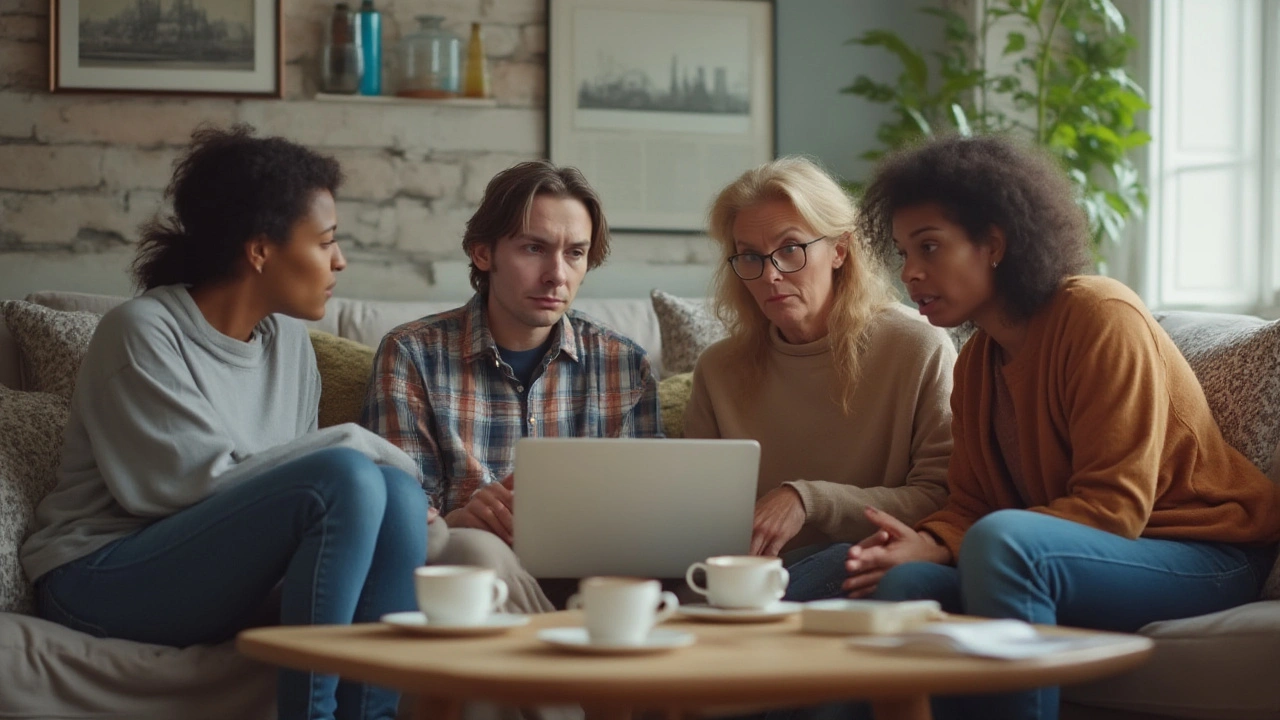Prescription Drugs: Smart, Safe Choices for Your Family
Prescription drugs do a lot of good, but used the wrong way they can cause real harm. This page gives clear, practical steps for buying meds, checking safety, saving money, and using prescriptions the right way — whether you shop in person or online.
How to buy prescription drugs safely online
Only order from pharmacies that ask for a valid prescription and show a real address and pharmacist contact. In the U.S. look for VIPPS accreditation; in other countries check the national regulator. If a site sells prescription-only meds without asking for a prescription, walk away. That’s the quickest sign of a scam.
Compare prices but beware extremely low offers. Counterfeit or expired products often hide behind “too cheap” deals. Check the packaging: matching brand logos, clear lot numbers, and drug imprint codes matter. You can verify pill imprints online or ask your pharmacist to confirm.
Keep records: save the order receipt, shipping tracking, and a copy of your prescription. If a package looks tampered with or the pills look different from what you expect, don’t take them — contact the seller and your regulator. For international orders, know customs rules; some drugs are banned or require extra paperwork where you live.
Using prescription drugs the smart way
Take meds exactly as your prescriber wrote. If you miss a dose, check the instructions or call the clinic — don’t guess. Ask your pharmacist about interactions with other drugs, vitamins, or herbal supplements like St. John’s wort or grapefruit juice, which can change how a drug works.
Talk about cost openly. Many drugmakers and charities run savings programs and coupons for costly meds. Pharmacies may offer cheaper generics with the same active ingredient; ask your prescriber if a generic is appropriate. For chronic meds, set calendar reminders or use a pill organizer to avoid missed doses and accidental doubles.
Store meds safely: cool, dry, and out of reach of kids and pets. Some meds need refrigeration; others must stay sealed away from light. Dispose of unused or expired drugs at pharmacy take-back sites — don’t flush them unless the label says it’s allowed.
Special cases need extra care. For opioids, keep a lockbox, know naloxone options, and agree on a clear refill plan with your prescriber. For kids, always use pediatric measuring devices and never split adult pills without direction. Pregnant or breastfeeding? Confirm safety before taking anything new.
Report serious side effects to your prescriber and to the national safety agency (for example, FDA MedWatch in the U.S.). Keep a simple med list with doses, allergies, and previous bad reactions; carry it to appointments and telehealth visits. That list can stop dangerous interactions faster than any app.
Want more specifics? Browse our posts on trusted online pharmacies, drug reviews, and ways to save on inhalers, antibiotics, and long-term meds. A verified seller, a clear prescription, and open chats with your clinician keep your family safer when using prescription drugs.
- July 1, 2025
- Comments 6
- Pharmacies and Online Drugstores

